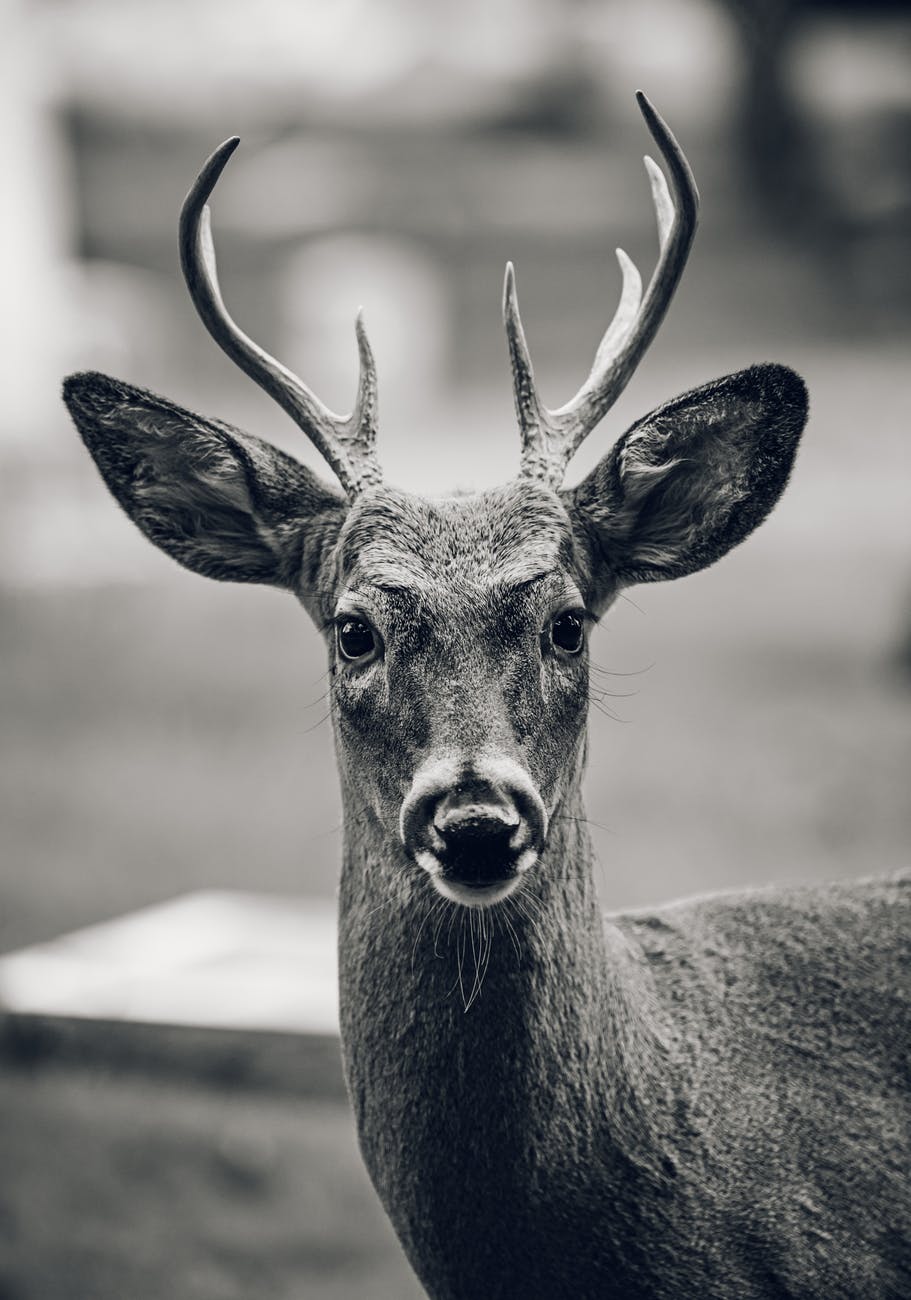Merry Christmas and a Happy New Year to you all! I hope that you are all managing well with the Omicron variant and that you still have been able to spend time with your loved ones this Christmas. On a personal note, I got my Pfizer booster shot today and I’m currently typing up this blog post as I begin to feel the side effect of fatigue. However, feeling tired won’t stop me from typing up this SARS-Cov-2 update for you all! The paper I’m talking about can be found through this link.
Earlier today, my fellow PhD student shared a sobering article about the ways in which Omicron will affect the timeline for ending the COVID-19 pandemic worldwide1. However, I will not discuss the ominous uncertainty surrounding the informative article. Instead, the summary from one of the paragraphs in the article left me intrigued: that white-tailed deers in Northern USA were previously infected with SARS-Cov-21. The paper that they cited analyzed blood serum samples collected from 624 white-tailed deers before and after the pandemic began in 20202. 40% of the serum samples collected in 2021 contained antibodies against SARS-Cov-2 dispersed across multiple counties in Michigan, Illinois, New York, and Pennsylvania. In humans, however, the detection of antibodies against SARS-Cov-2 does not mean an active infection took place. Instead, the presence of antibodies is more useful for detecting past infection events3. The same results could be said for white-tailed deers and other animals, which was why the authors of the PNAS study hoped that the presence of serum antibodies was an artifact.
PCR tests have been used to inform people of active SARS-Cov-2 infections since the beginning of the pandemic. But more recently, PCR tests were conducted on white-tailed deers in Northeastern Ohio to determine whether active SARS-Cov-2 infections were taking place among the deers4. These assays showed that more than a third (360 deer sampled; 129 positive) of nasal swab samples collected from white-tailed deers in northeastern Ohio were positive for SARS-Cov-2 genetic material. Furthermore, the sampling locations with the highest SARS-Cov-2 prevalence among white-tailed deers were located next to regions with the highest population densities (> 3750 people/sq. mile). With the absence of deer farms in the region, the authors surmised that the high abundance of forage available for white-tailed deers near urban sites would draw the deers closer to human contact, placing them at risk of SARS-Cov-2 infection. The presence of 6 possible human-to-deer transmission events of the B.1.2 and B.1.596 variants (neither are Alpha or Delta) that took place in fall 2020-winter 2021 (before Delta emerged in North America) across the sampling sites lends support to this hypothesis.
Unfortunately, the results do point toward active infections taking place within the white-tailed deers roaming in North America. With the spread of infections to these populations also comes the possibility of the virus evolving within the deer populations. To test this, 14 complete genomes of the virus collected from deers in 6 of the sampling sites were sequenced. By comparing these genomes, the authors identified one potential instance of deer-to-deer transmission at one of the sampling sites. Among the 7 genomes derived from this site, all of them contained mutations to the spike protein, the primary target of our COVID-19 vaccines. Interestingly, none of these mutations were commonly observed among any SARS-Cov-2 genomes sampled from humans at the time, suggesting that these mutations were accrued exclusively within the white-tailed deer population.
The study raises some important implications when trying to best manage the COVID-19 pandemic. First, a new SARS-Cov-2 variant could emerge right here in Canada or the States. The SARS-Cov-2 mutations observed in white-tailed deer populations were not present in humans. Second, with many hundreds of thousands of white-tailed deers in North and South America, deers could very well be a reservoir for future human infections in the Western Hemisphere. We have already seen SARS-Cov-2 infections take place in other animals, most notably bats and pangolins just before the COVID-19 pandemic began.
The study also raises more questions. Could Omicron have come from an animal reservoir? If it truly emerged in South Africa or anywhere else, are there ways to track the emergence of a new variant even faster by sampling animals? Is SARS-Cov-2 being transmitted within animals at a fast rate? if so, how could SARS-Cov-2 transmit between the white-tailed deer populations or other animals? While the study’s results are sobering for public health monitoring, the study provides many opportunities for collaboration between virologists and environmentalists to learn more about the spread of SARS-Cov-2 between animals and humans.
References
- https://www.statnews.com/2021/12/27/forecasting-the-omicron-winter-experts-envision-various-scenarios-from-bad-to-worse
- Chandler, J.C., Bevins, S.N., Ellis, J.W., Linder, T.J., Tell, R.M., Jenkins-Moore, M., Root, J.J., Lenoch, J.B., Robbe-Austerman, S., DeLiberto, T.J., et al. (2021). SARS-CoV-2 exposure in wild white-tailed deer (Odocoileus virginianus). Proc. Natl. Acad. Sci. U S A 118, e2114828118.
- Deeks, J.J., Dinnes, J., Takwoingi, Y., Davenport, C., Spijker, R., Taylor-Phillips, S., Adriano, A., Beese, S., Dretzke, J., Ferrante di Ruffano, L., et al. (2020). Antibody tests for identification of current and past infection with SARS-CoV-2. Cochrane Database Syst Rev 6, CD013652.
- Hale, V.L., Dennis, P.M., McBride, D.S., Nolting, J.M., Madden, C., Huey, D., Ehrlich, M., Grieser, J., Winston, J., Lombardi, D., et al. (2021). SARS-CoV-2 infection in free-ranging white-tailed deer. Nature.
Author
-

Paul Naphtali is a seasoned online marketing consultant. He brings to the table three years of online marketing and copywriting experience within the life sciences industry. His MSc and PhD experience also provides him with the acumen to understand complex literature and translate it to any audience. This way, he can fulfill his passion for sharing the beauty of biomedical research and inspiring action from his readers.
View all posts




